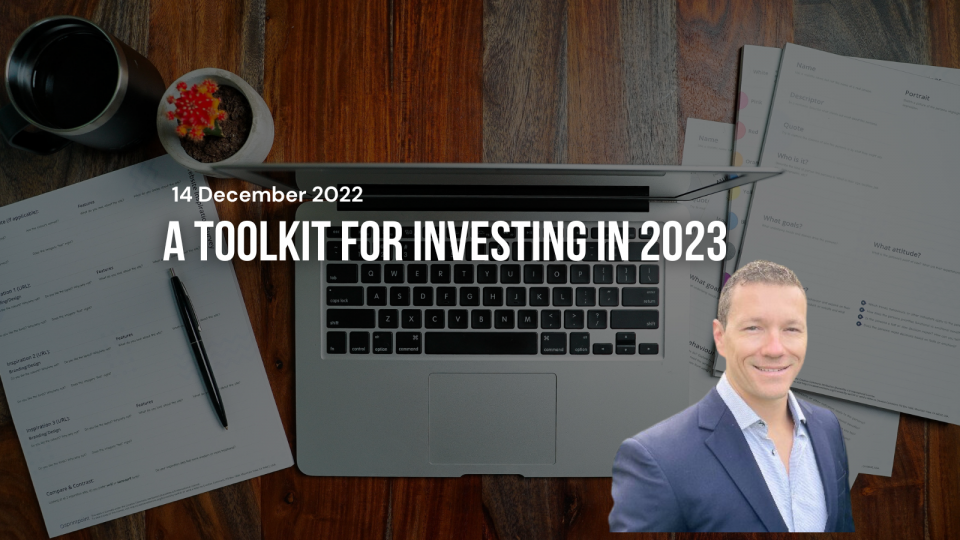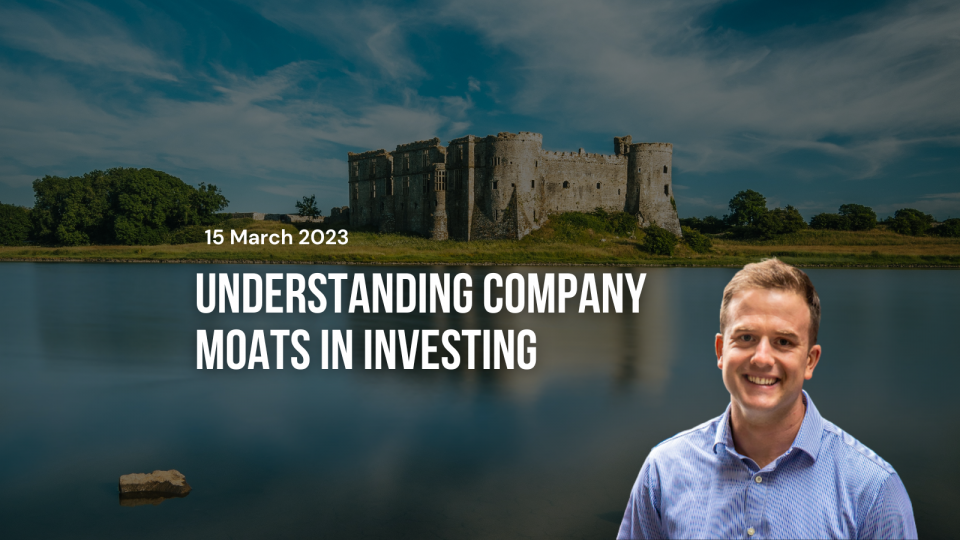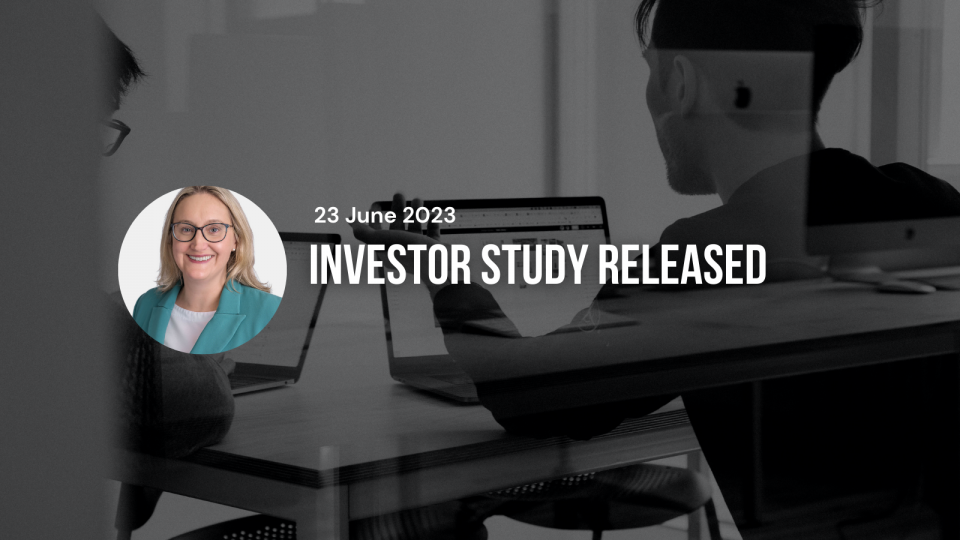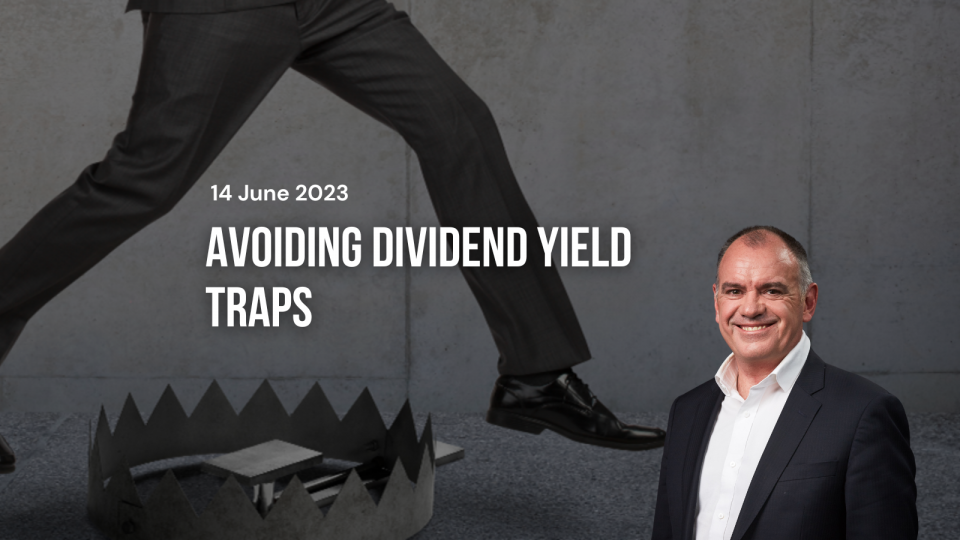
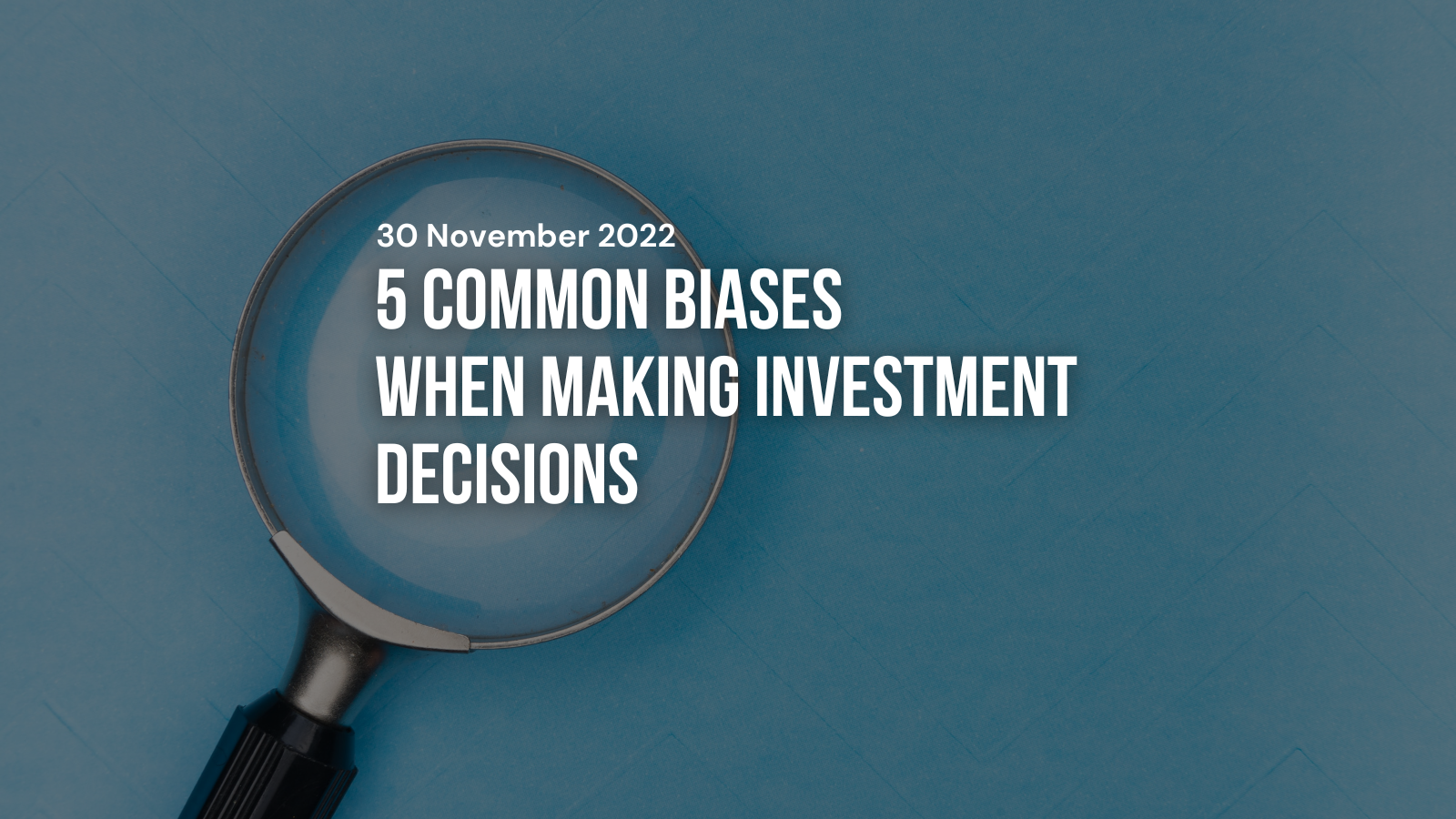
By TAMIM Asset Management
30 November 2022
Human nature is an intangible force that every investor is affected by. We identify 5 common biases among investors and how best to navigate them when making investment decisions…
Compounding can turn a relatively small sum into a substantial nest egg over the long term. For a lot of readers, this isn’t news — however, the implementation of behaviours to harness the power of compounding can be trickier than grasping the initial concept of non-linear returns on your investments.
The average investor underperforms the market.
The top 1% of investors can double or triple the market’s average return.
But the difference doesn’t strictly come down to innate intelligence nor access to fancy software, trading strategies or advanced analytics.
The best investors build an overwhelming competitive advantage by adopting habits whose benefits compound over time.
We all have the tendency to overestimate our rationality to the point of denying reality. The many ways in which we do this are collectively called cognitive biases. Our brain may be the most complicated thinking machine, but it is not without limitations.
In our attempt to understand the world around us through our lens, we simplify things and fall prey to cognitive biases.
By simply becoming aware of these biases, you can start improving your critical thinking to guard against your worst enemy: your own brain.
- Anchoring
Anchoring is a cognitive bias in which the use of an arbitrary benchmark such as a purchase price or ticker price carries a disproportionately high weight in one’s decision-making process. I.e. our judgement is heavily screwed by the first information we are given about something.
Succumbing to anchoring tends to force investors into irrational decisions, such as selling an undervalued asset, buying an overvalued asset or holding onto stocks that have declined due to “anchoring” the asset to an arbitrary price rather than analysis of fundamentals.
Let’s use the stock price of Wesfarmers (ASX: WES) to see how anchoring works.
As of November 21, 2022, Wesfarmers stock closed at a price of $47.92 per share. That’s an anchor point. However, this doesn’t tell us if the stock is cheap or expensive relative to its fundamentals. It’s an arbitrary number. That price tells us nothing about Wesfarmers’ business, management, or strategic initiatives. All this figure provides us is a snapshot in time. Still, investors will use that information to make buying and selling decisions.
If the price drops abruptly below $47.92 the next day — for any reason — some investors may perceive this fall as a sale and a good time to buy, while other investors may see the drop as the start of deeper problems and a good time to sell. Those investors anchored to this initial price will now use that price as the basis for decision-making going forward. But remember: that $47.92 stock price doesn’t hold meaning in isolation.
2. Hindsight
Hindsight bias, in the investing world, is the tendency for human beings to feel as if they “knew it all along” when it comes to the performance of a particular stock or the market.
Headlines have raved about 1,000%+ returns in several stocks that are fundamentally unsound. But the feeling among novice investors is that these returns were entirely predictable — and, perhaps more damagingly, that these returns will continue indefinitely into the future.
The reality is that explosive investment returns seem obvious because they’ve already occurred. We tend to describe outcomes that have already occurred as obvious because that’s the version of the future that we have. We tend to ignore the idea that many other outcomes were once possible and ignore those potential outcomes because they didn’t occur.
Hindsight bias makes us think that events were more predictable than actually was the case.
Many pundits have claimed that stock market meltdowns like the dotcom bubble and the global financial crisis of 2008 could have been predicated based on stock valuations. However, the magnitude of these corrections was largely unexpected; if many people knew beforehand that stock prices would crash, then the crash would not have been so severe, which means that the explanation of these crises had the benefit of hindsight.
It’s easy to come up with cause-effect relationships in hindsight.
Hindsight bias is rooted in overconfidence and anchoring. After an event occurs, we use the knowledge of the outcome as an anchor to attach our prior judgments to the outcome.
3. Illusion of (stock picking) Skill
Everyone wants to be viewed as competent, skilled, or excellent at tasks we undertake.
The ‘Dunning-Kruger Effect’ is a cognitive bias which causes people of low ability within a field to have the illusion of skill and mistakenly assess their own knowledge as greater than it is.
As an investor, the most valuable knowledge you can have is not whether markets are going up or down or what shares to buy. What matters most is accurately assessing where your unfamiliarity begins and not fooling yourself into thinking that you know more than you do.
Being honest with yourself can help in overcoming overconfidence bias along with conducting an analysis of past portfolio performance. Due to hindsight bias, we tend to recall winners more than losers and by evaluating past performance, we can accurately measure our abilities.
4. Loss Aversion
Loss aversion is the tendency to avoid losses over achieving equivalent gains. Broadly speaking, people feel pain from losses much more acutely than they feel pleasure from the gains of the same size.
This would often lead to investors holding onto declining shares – hoping to break even in the future and selling winners too quickly for small profits. Consequently, this also leads to an increase in trading and transaction costs.
People prone to loss aversion bias need to recognise the above traits and remind themselves that it is not the initial entry point into the stock that you should frame your gain/loss from but in the quality of the business over time. Updating your view on the company through analysis and fundamentals instead of share price movement can help alleviate the impact of this bias.
5. Recency Bias
Howard Marks once described the movement of markets as a swing pendulum, swinging between extreme optimism (greed) and pessimism (fear). This is due to the weight placed on recent events, exaggerating movements in one direction.
When things are great, recency bias has us believe things will only get better.
When things are bad, recency bias has us believe things will get only worse.
For individual investors, recency bias is a shortcut where decision making is based on immediate examples that come to mind.
The TAMIM Takeaway
Cognitive biases can have a massive impact on investment success. It is crucial to recognise how easily influenced we all are.
Awareness of these biases and a reflective approach to investing should certainly help people to make better investment decisions in the long run.
From TAMIM Asset Management


